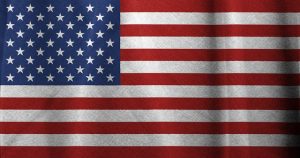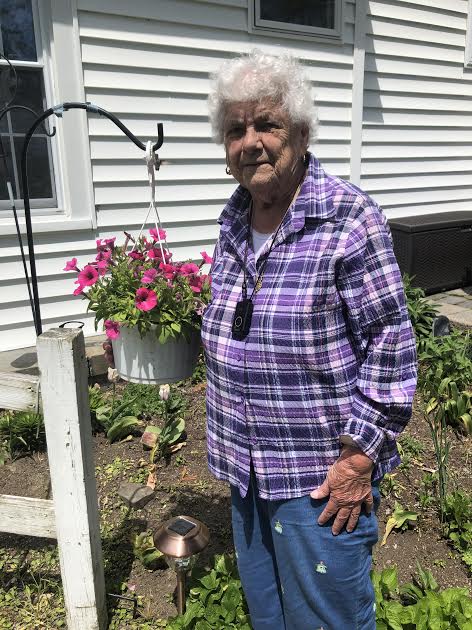By Peter Lyons Hall
After exhaustive research, long-time Greenwood Lake resident, Zoey Savale, presented information about the little-known Camp Inkowa, the elite summer camp that was founded by New York socialites Maude Whetmore and Anne Morgan in 1915 that welcomed 300 young women to the East shore of Greenwood Lake NY. It was part of a continuing series by the Greenwood Lake Centennial Committee;
But Camp Inkowa was not for children; rather it was a summer camp for young business and professional women over eighteen years of age, years before Congress had passed the 19th Amendment on June 4, 1919, and later ratified on August 18, 1920, which granted women the right to vote. World War I started in 1914. Before it ended in 1918, over 116,000 American servicemen had lost their lives, placing many women in economic and leadership roles they had not experienced before.
Located “only forty five miles from New York City on one of the most beautiful Lakes in the country,” wrote Zoey, the camp advertised a summer vacation that included athletics, boating and bathing, overnight hikes, canoe trips, folk dancing and social dancing, archery and craft work. Inkowa was also designed to be a genteel yet effective training ground for the emerging “modern woman” of the post-WWI world.
“Whetmore and Morgan believed that if young women were taught how to be creative, ethical and responsible leaders,” remarked Savale, “the coming generation would be finer and women, consequently, finer citizens.” During her 60-minute presentation Zoey shared with a room full of attentive listeners, both young and old, news about the founders’ ambitious and largely successful efforts to improve the world, starting from Greenwood Lake.
Writing in the National Republic in 1937, journalist Hannah Mitchell wrote “The low membership dues [$25 per week] are evidence at the reasonable cost at which the Inkowa Club is maintained. The variety of sports and attractions, the expert coaching and leadership available prove that standards of excellence are possible without extravagance.”
Mitchell went on to write that “Greenwood Lake is conceded to be one of the most beautiful lakes in the country. A miniature Lake George, it is sometimes called. The Inkowa Club property covers 33 acres with a goodly expanse of shore line. Besides the lovely old colonial house which has been transformed with all modern accessories into a most comfortable club house, the buildings include a recreation building on the water’s edge, a camp site (sic) and lodge up the hill so arranged as to command an unusual panorama of the lake, stables, athletic field, boat houses, tennis courts clock golf green, and croquet ground.”
Besides the sports and outdoor activities, “city-bred” members of Camp Inkowa had an insatiable curiosity for education about flowers, birds, trees, and insects. As a result the Camp employed Frank E. Lutz, of the American Museum of Natural History, to develop a program and a workspace so that the ladies could learn more about their environment. In addition to the tagged trees and flowers counted among the miniature botanical garden were wild rose, wild bean, slender goldenrod, wild leaf vinurnum, agrimony, common eingfoil, small bedfall, trefoil, horse bahn, four-leaved towestrife, false spinard, false Solomon’s seal, wood fern, Christmas maiden hair fern, and swamp fern. It space also included labels of sassafras, white ash, black cherry, witch hazel, wild blackberry, and many more leaves and identification tags.
Before closing its doors before the start of the Second World War, Camp Inkowa had achieved what many organizations had tried to accomplish: introducing family memberships, offering a four-season vacation program, and providing city-dwellers with an opportunity to continue to learn about the natural environment while learning skills that would accompany them for a lifetime. That it was close enough to New York City that it only required an hour and a half train ride became an attractive venue for many women at the time and fond memories for their families.







